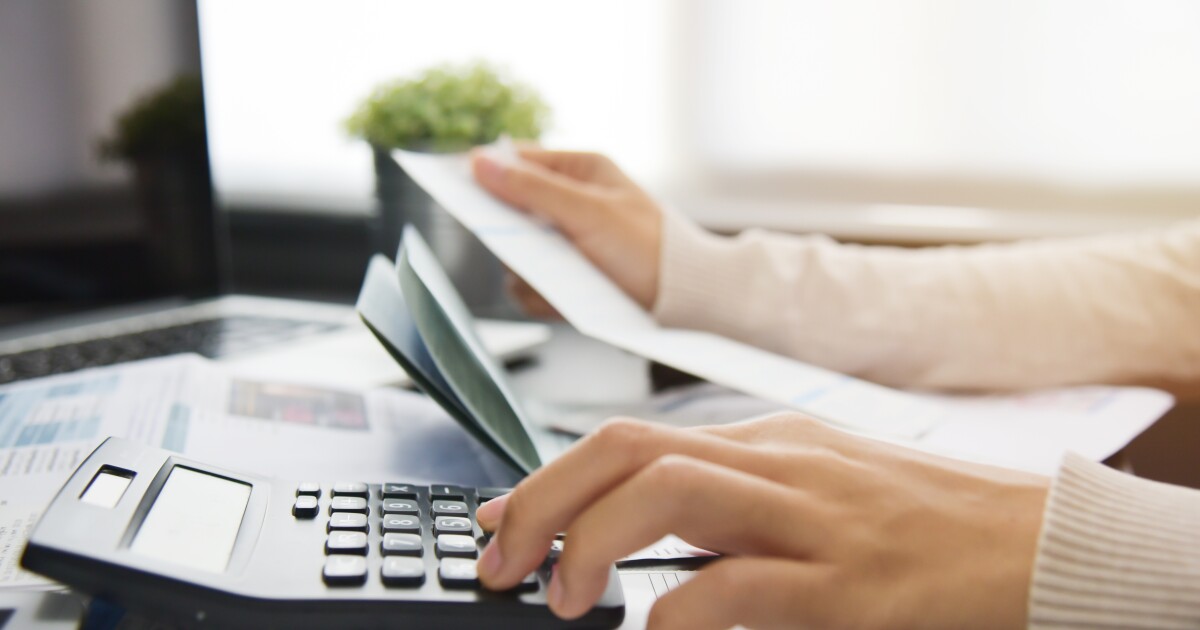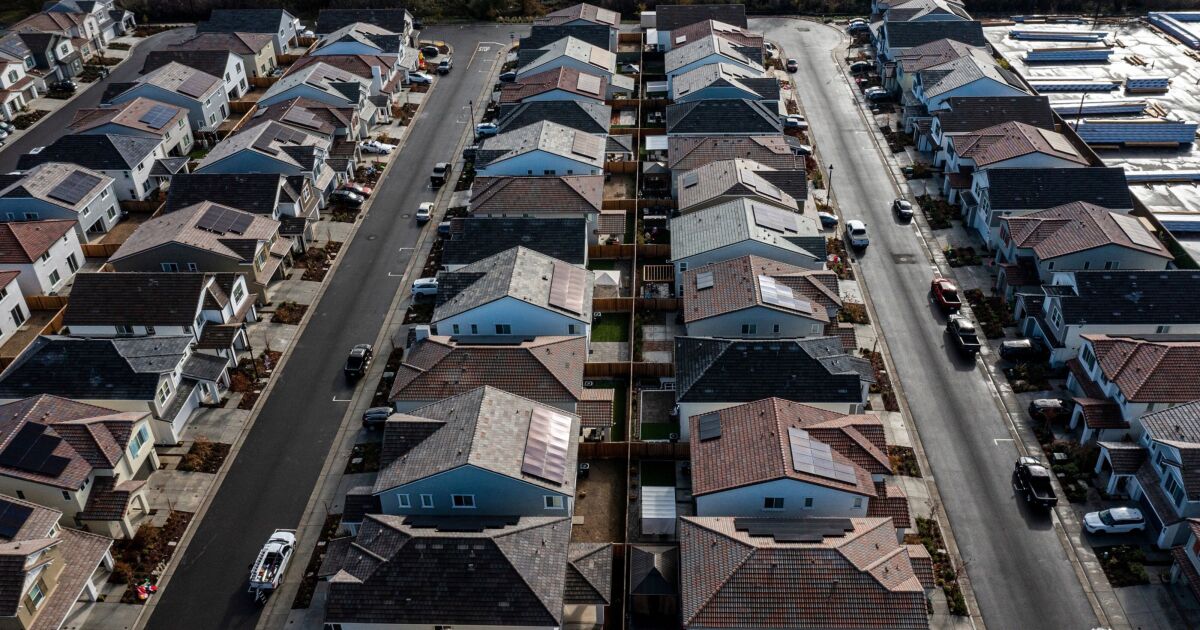
Last week, the Financial Stability Oversight Council (FSOC) released its
The report's executive summary makes numerous points: independent mortgage banks play a"key role" in originating and servicing loans for underserved borrowers; IMBs now originate and service a majority of mortgage loans; Ginnie Mae and GSE securitizations make up an increasing share of the mortgage market; and IMBs rely on financing that can be repriced or canceled in times of financial stress.
These are all reasonable points, and
However, the Community Home Lenders of America takes issue with the following key conclusions in the FSOC Report,"the agencies and other credit guarantors could experience large losses, and there could be payment delays to stakeholders such as insurance companies and local governments."
We have no idea how financial problems with single family mortgage servicers could lead to payment delays to local governments, and there is nothing in the report to back this claim up. Moreover, CHLA rejects the conclusion that there is a systemic risk of "large losses" to "the agencies and other credit guarantors."
Let's be clear, we are not talking about mortgage loan losses. The underlying mortgage loans are already federally guaranteed by FHA, RHS, and VA, and the GSEs. A servicer's financial problems don't change that.
We understand the objective of avoiding servicing disruptions to consumers. We also understand that Ginnie Mae and Fannie and Freddie could be forced to arrange the transfer of servicing portfolios if servicers are unable to make required advances. However, we are confident that payments on Ginnie Mae, Fannie Mae, and Freddie Mac mortgage-backed securities will be made on time. These are the barometers of whether there is systemic risk, and why we think the report's concerns are exaggerated.
This is not like 2008, where Lehman Brothers collapsed because housing assets on their books plunged in value. IMBs may be struggling financially these days, but it is not because their assets are collapsing in value. The current IMB challenge is to right-size expenses to mortgage volume and revenue that have declined by over 50%. The IMB business model, which is to originate and securitize or sell off loans to aggregators, protects them from significant write-downs of assets if mortgage markets were to decline.
As part of its role as the only national group exclusively representing IMBs, CHLA addresses these important risk issues in detail each year in our annual
If you have taken the time to read the FSOC report, we would also ask you to take the time to read our report, for a different perspective on these issues.
CHLA's other problem with the FSOC report is that it seems to talk about servicers in a vacuum. The main federal nexus is Ginnie Mae and Fannie and Freddie, and the percentage of mortgage loans that IMBs service that are not Ginnie Mae or GSE is miniscule. So, the focus should be on Ginnie Mae, Federal Housing Finance Agency supervision, and ways to strengthen certainty of MBS payments, not on undue alarms regarding IMBs.
The reality is when it comes to supervision and financial regulation of servicers, Ginnie Mae and FHFA (as regulator of Fannie Mae and Freddie Mac) are on the case. They should be left to do their job.
Alternatively, we should help them to do their job. That is why last week CHLA released its
The top recommendation in CHLA's plan is to increase liquidity for IMB servicers, through development of a liquidity facility. In essence, Ginnie Mae requires IMB servicers to act as a banker to borrowers that miss their mortgage payment. So, a liquidity facility is appropriate.
The CHLA plan argues for either
The development of a liquidity facility would reduce risk, increase confidence among warehouse lenders, and give Ginnie additional tools to deal with issuer resolutions.
Another problem is funding. Despite the $15.744 billion in profits Ginnie Mae has generated for American taxpayers, Congress perpetually underfunds Ginnie Mae salaries and expenses. If federal policy makers are worried about mortgage servicing, re-investing an additional 1% of Ginnie Mae's massive yearly profits back into Ginnie Mae seems like a no brainer.
Ginnie Mae should also be treated like the sophisticated financial agency it is. Federal Deposit Insurance Corporation, FHFA and other financial federal agencies have the right to exceed the federal worker pay cap, in order to hire and retain high quality personnel. There is simply no reason Ginnie Mae does not have this same flexibility. Additionally, Ginnie Mae should have greater flexibility to quickly hire personnel and procure contracts at least in exigent circumstances such as a financial crisis or dealing with issuer resolutions.
Why is CHLA not as focused here on Fannie Mae and Freddie Mac? Because IMBs' role in servicing GSE MBS is much more limited than their role in servicing Ginnie Mae MBS. Many IMBs use the GSE cash window without retaining servicing. Where they retain servicing, advance responsibilities are lower, as they are less based on "scheduled" payments. Finally, Fannie and Freddie are consistently profitable and can easily make advances if a GSE servicer is unable to, these advances will ultimately be recouped when the borrower resumes payments or by the underlying GSE guarantee already in place.
Finally, the FSOC Report recommends that, "Congress consider legislation to establish a fund financed by the nonbank mortgage servicing sector to provide liquidity to nonbank mortgage servicers that are in bankruptcy…"
CHLA strongly opposes this idea. We do not support bailing out bankrupt servicers. Instead, we should proactively create more liquidity in the system, as we propose in CHLA's Ginnie Mae Plan.
If there are Ginnie Mae costs from issuer resolutions, they should be absorbed by Ginnie's significant profits. If there are GSE costs from issuer resolutions, they should be absorbed by the GSEs' profits. Or better yet, by Congress taking the 10 basis point fee it imposed on all GSE borrowers to fund non-housing spending and re-directing it for this purpose. We don't need a new fee that will inevitably be passed along to homebuyers.
Minorities, veterans, and other underserved first-time homebuyers currently face unprecedented homeownership affordability challenges due to the double whammy of high mortgage rates and high home prices. Higher fees are not the answer. Our focus should be on homeownership affordability, not on actions that restrict access to mortgage credit.



